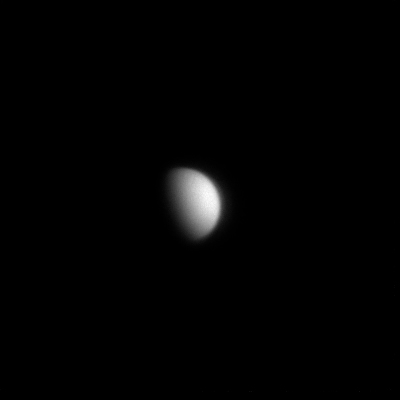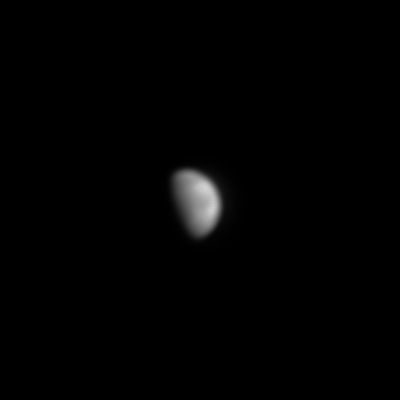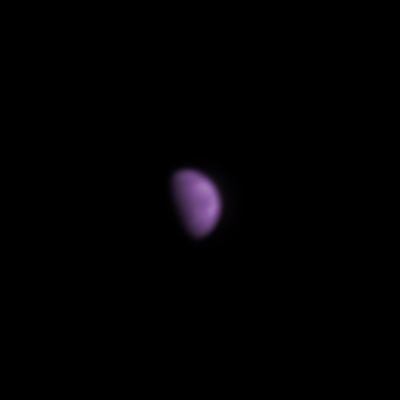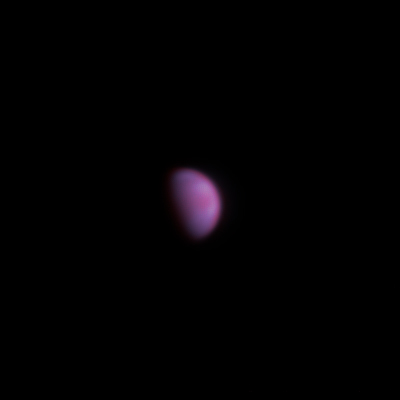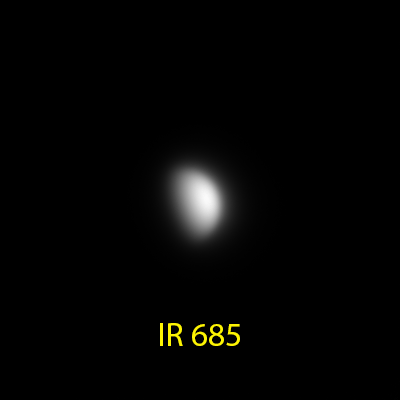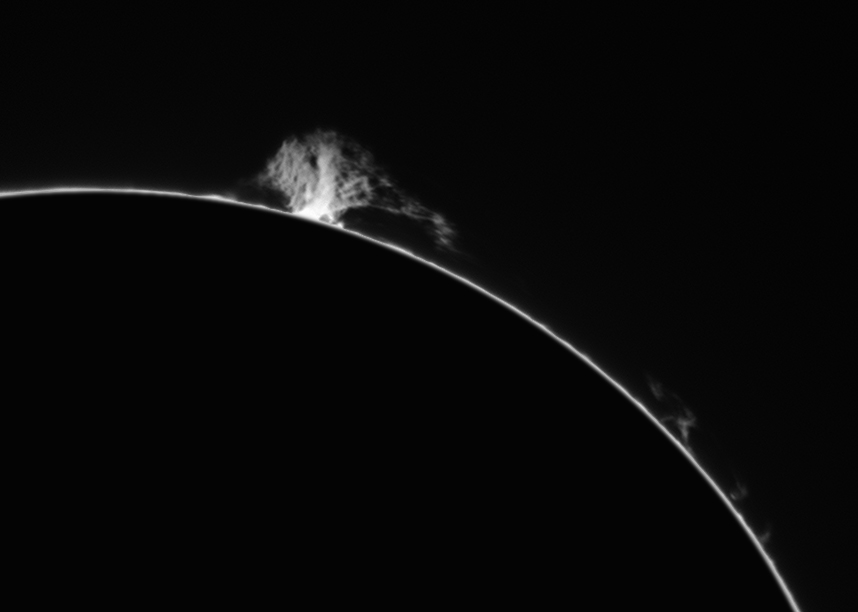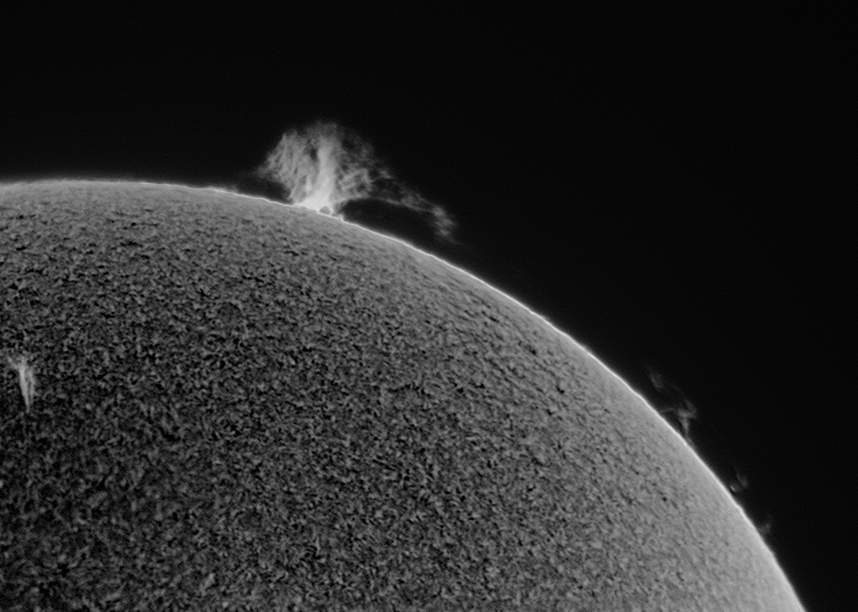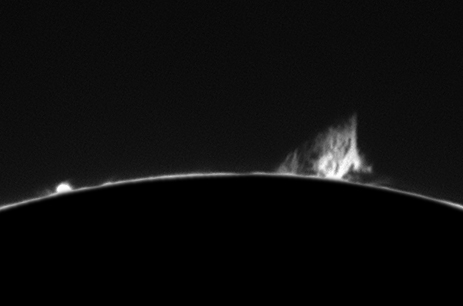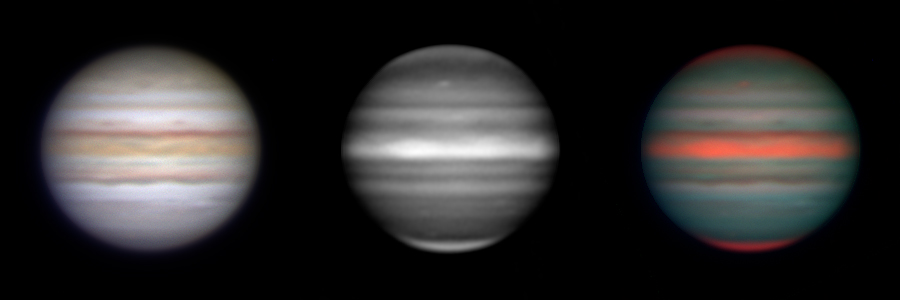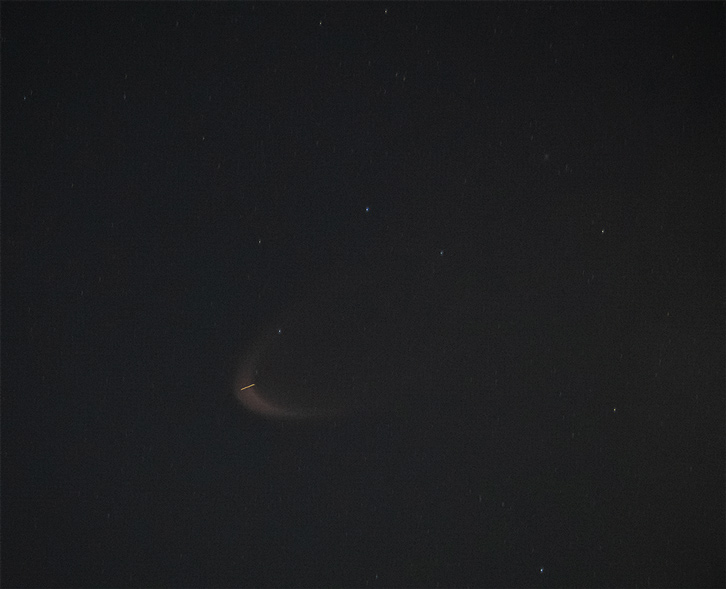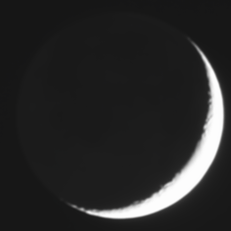The conjunction of venus and mars on ~7/12/21 made it to many astronomy calendars, including mine. Planetary conjunctions are typically scenic visual events for the unaided eye. That being said, this one was pretty unimpressive (i could not see mars), but it gave me an opportunity to practice/learn with a conventional camera.
Here it is the day before closest approach with the moon nicely aligned (Mars is the tiny dot just above the tree on the left):
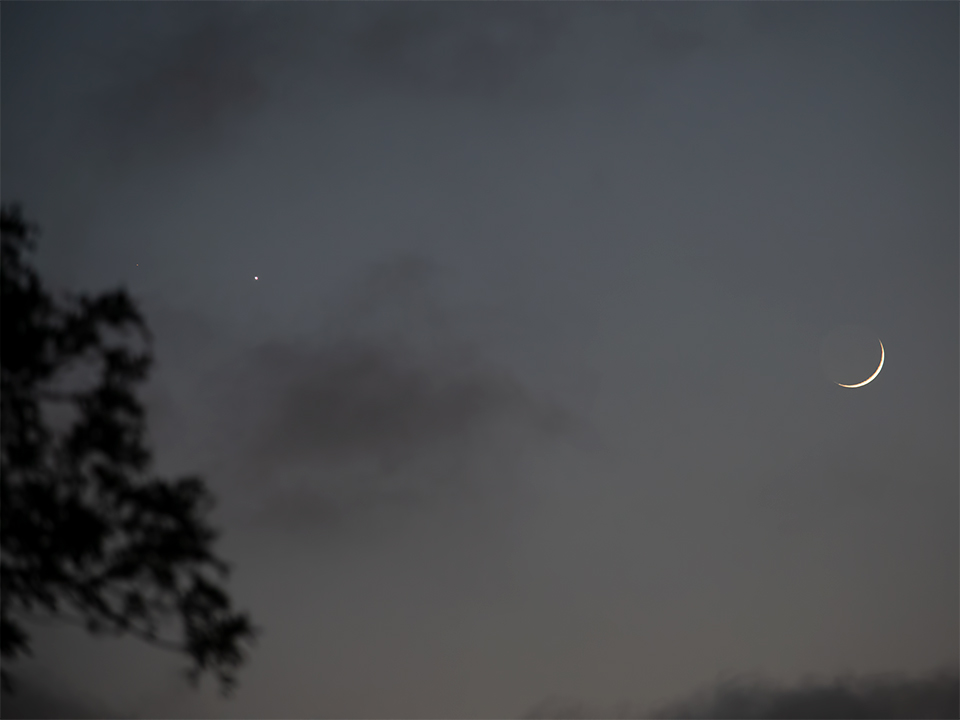 |
| mars-venus (moon) conjunction 7/11/21 20:38 PM pacific |
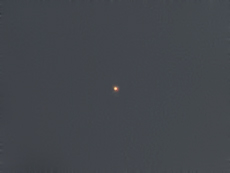 |
| Close up of the red planet |
Here's closest approach the next day. mars is a tiny speck just to the left and below venus, lower right: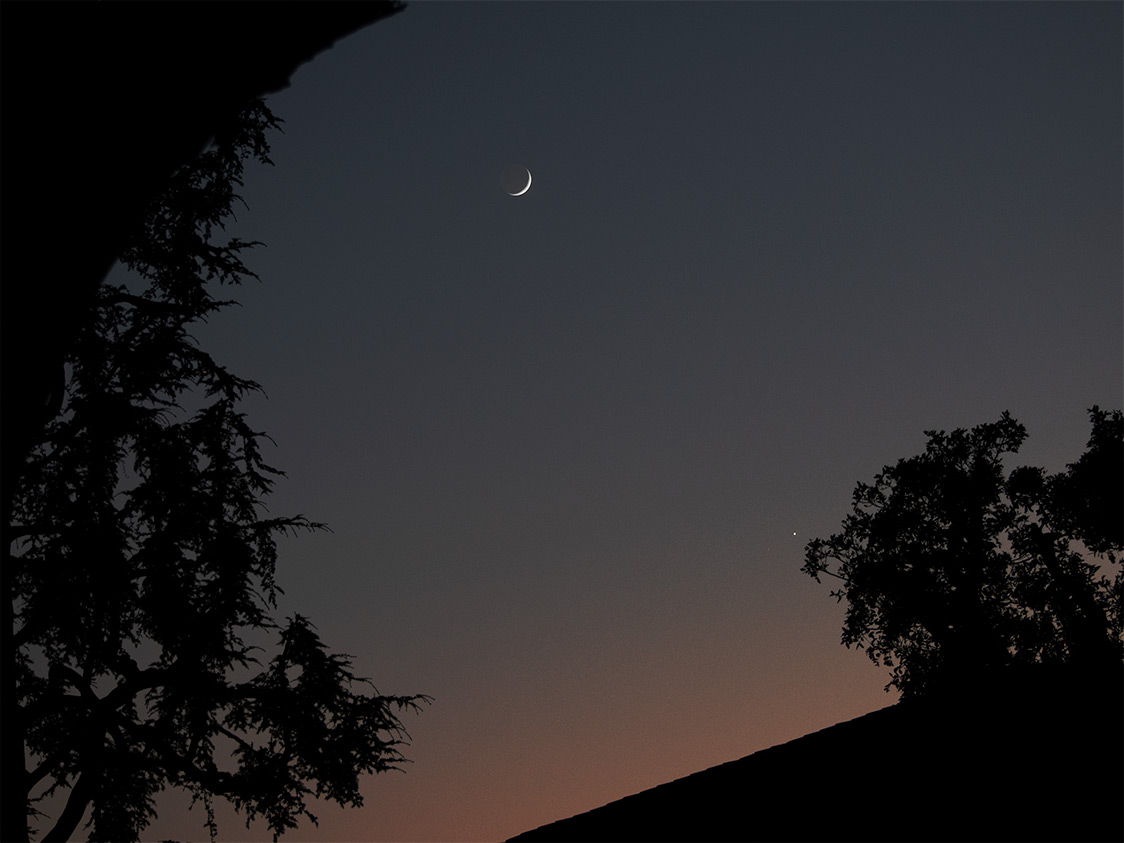 |
| mars-venus conjunction 7/12/21 20:33 Pacific |
Image details
nikon D850
AF-S DX NIKKOR 16-85mm F3.5-5.6G ED VR
eastbluff, CA 7/11,12/2021
for the bottom image i captured close up videos of the moon at 2 exposures, one very bright with earthglow, the other capturing the bright detail, but no earthglow. I made a composite of the two, preserving detail and showing earthglow, and placed it in the final image in which the moon was clipped...
...it made no difference at the scale in the image above, but it was an interesting exercise :)
